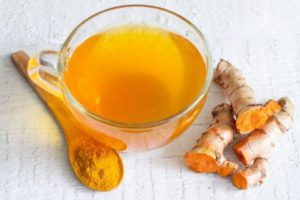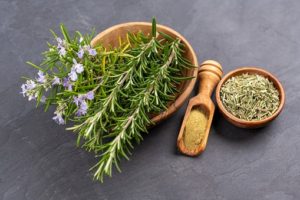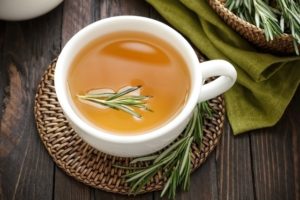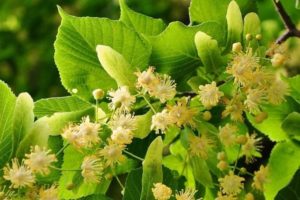El jengibre o kión, como también es concido y cuyo nombre científico es Zingiber officinale, es una planta de la familia de las zingiberáceas, cuyo tallo subterráneo es un rizoma horizontal muy apreciado por su aroma y sabor picante además de ser considerado como un ingrediente de la medicina tradicional asiática desde hace más de 2.000 años. Su sabor picante lo ha hecho muy popular en la gastronomía y se puede encontrar en zonas tropicales de todo el mundo.
Este tubérculo posee en un solo alimento toda una concentración de beneficios y compuestos, tales como vitaminas, minerales, aminoácidos o aceites esenciales para nuestra salud.
Dentro de la familia de los aceites que contiene, encontramos algunos tipos como el citronelal, el limonelo y el canfeno. El gingerol es otro de los aceites esenciales de la planta puesto que es el responsable de darle ese sabor picante que lo caracteriza.
En cuanto a las vitaminas, es rico en Vitaminas B y C, además de ser también rico en minerales como el aluminio, fósforo, calcio y el cromo.

BENEFICIOS PARA LA SALUD
- Náuseas. Ideal durante el embarazo además de ser un suplemento beneficioso tanto para el feto como para la madre. También ayuda a lidiar con las dificultades de la quimioterapia para los pacientes que sufran de cáncer.
- Digestivo. Funciona como protector estomacal y para problemas como las gastritis, flatulencias o diarrea, entre otros.
- Antiinflamatorio natural. Combate de manera eficaz problemas de artrosis, artritis o la fatiga crónica.
- Acelera el metabolismo. Es un complemento ideal para perder peso.
- Mejora la circulación.
- Combate las migrañas. El jengibre bloquea los efectos de la protasgladina, sustancia causante de la inflamación de los vasos sanguíneos del cerebro que provoca dolores de cabeza agudos.
- Antiestrés. Gracias a las propiedades que contiene en cineol, el jengibre ayuda a rebajar los niveles de ansiedad, regula los estados de estrés y procura sensación de calma al cuerpo.
- Refuerza las defensas. Brinda enormes beneficios para el sistema inmunológico
- Tratamiento dermatológico. La raíz del jengibre puede aplicarse directamente sobre la piel, y combate efectivamente heridas leves y quemaduras.
- Concilia el sueño. Los efectos relajantes del jengibre ayudan a conciliar el sueño, es recomendable tomar jengibre antes de ir a dormir.
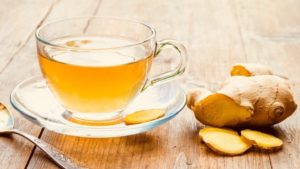
Siempre es bueno estar informado al 100% y consultar con tu médico de confianza antes de tomar cualquier suplemento.
Producto 100% natural, su uso está destinado al consumo como alimento.
EL CONSUMO DE ESTE PRODUCTO ES RESPONSABILIDAD DE QUIEN LO RECOMIENDA Y DE QUIEN LO USA
REFERENCIAS
Chang JS, Wang KC, Yeh CF, Shieh DE, Chiang LC.J Ethnopharmacol. 2013 Jan 9;145(1):146-51. doi: 10.1016/j.jep.2012.10.043. Epub 2012 Nov 1.PMID: 23123794
ETHNOPHARMACOLOGICAL RELEVANCE: Ginger, Zingiber officinale Roscoe, is a common spice and also a widely used medicinal plant in ancient China. …In contrast, dried ginger didn’t show any dose-dependent inhibition. 300 mug/ml fresh ginger could …
2) A review of the gastroprotective effects of ginger (Zingiber officinale Roscoe).
Haniadka R, Saldanha E, Sunita V, Palatty PL, Fayad R, Baliga MS.Food Funct. 2013 Jun;4(6):845-55. doi: 10.1039/c3fo30337c. Epub 2013 Apr 24.PMID: 23612703 Review.
The rhizomes of Zingiber officinale Roscoe (Zingiberaceae), commonly known as ginger is an important kitchen spice and also possess a myriad health benefits. …Various preclinical and clinical studies have also shown ginger to possess anti-emetic effe …
3) Beneficial effects of ginger Zingiber officinale Roscoe on obesity and metabolic syndrome: a review.
Wang J, Ke W, Bao R, Hu X, Chen F.Ann N Y Acad Sci. 2017 Jun;1398(1):83-98. doi: 10.1111/nyas.13375. Epub 2017 May 15.PMID: 28505392 Review.
Accumulating data have suggested that traditional herbs might be able to provide a wide range of remedies in prevention and treatment of MetSs. Ginger (Zingiber officinale Roscoe, Zingiberaceae) has been documented to ameliorate hyperlipidemia, hyperglycemia, …
Ebrahimzadeh Attari V, Malek Mahdavi A, Javadivala Z, Mahluji S, Zununi Vahed S, Ostadrahimi A.Phytother Res. 2018 Apr;32(4):577-585. doi: 10.1002/ptr.5986. Epub 2017 Nov 29.PMID: 29193411 Review.
Recently, the beneficial effects of ginger on obesity is taken into consideration. Albeit, it seems that the anti-obesity effect of ginger and its mechanism of action has not yet been reviewed. Therefore, the aim of this study was to systematically review the effect …
de Lima RMT, Dos Reis AC, de Menezes APM, Santos JVO, Filho JWGO, Ferreira JRO, de Alencar MVOB, da Mata AMOF, Khan IN, Islam A, Uddin SJ, Ali ES, Islam MT, Tripathi S, Mishra SK, Mubarak MS, Melo-Cavalcante AAC.Phytother Res. 2018 Oct;32(10):1885-1907. doi: 10.1002/ptr.6134. Epub 2018 Jul 16.PMID: 30009484 Review.
This will shed some light on the protective or therapeutic role of ginger derivatives in oxidative and inflammatory regulations during metabolic disturbance and on the antiproliferative and anticancer properties. …This suggests that ginger derivatives, in the form …


